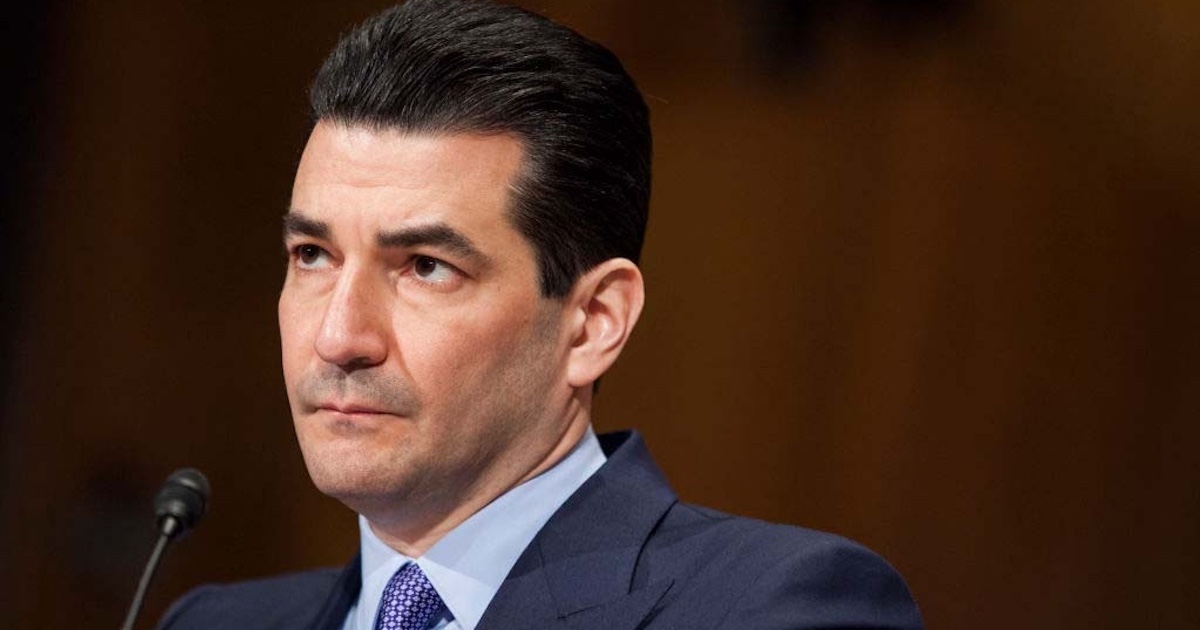There aren't a lot of physicians living in Michigan's Upper Peninsula, and even fewer specialists. So when Richard Armstrong, MD, has a tough question, he jumps online, logs into his SERMO account, and connects with a network of physicians around the world in a manner of minutes.
"It's like having direct specialty consultants with me 24 hours a day," the Newberry, Mich.-based general surgeon says, noting he'd much rather use his laptop or smartphone to consult with a dermatologist in the network than have his patient "drive a couple hundred miles" to see one in person.
Therein lies the appeal of closed networks like SERMO and Doximity. They provide almost-instant access to clinicians, allowing doctors to ask questions, offer their opinions and just sound off on the pressures of being in the medical profession.
"I think it helps me get through the day," says Linda Girgis, MD, a New Jersey-based family practice doctor who's been part of the SERMO network since 2007 and sits on its medical advisory board. "Doctors don't actually have time to go down to the lounge any more. I'm pretty much on SERMO all day. The information I get there is much better than the information I get in real life, and I'm not playing phone tag with anyone."
[See also: Docs find many uses for social networks]
SERMO's growth has been well documented within the U.S., and recently the network expanded to the United Kingdom, Australia, New Zealand, Ireland, South Africa and Canada, where a doctor saved the life of a young girl suffering from a deadly strain of E coli by asking for help on the network. His plea produced thousands of responses, at least one of which enabled him to contain the girl's sickness (it had already killed her brother) and bring her back to health within two weeks.
Armstrong, who's also a member of SERMO's medical advisory board and has been part of the network since 2007, figures he's had a few cases where the network "helped directly," including a patient who had a rare form of thyroid cancer and was admitted to an experimental treatment program at the University of Michigan.
He says he goes online several times a day, sometimes to have a question answered, but just as often to see what other doctors are talking about.
"Just getting back to the basics of helping somebody figure out how to treat a patient … is why we got into medicine in the first place," he said.
According to SERMO officials, a recent survey of some 1,350 doctors in seven countries listed "solving tough patient cases" as the prime benefit to joining a medical crowdsourcing network, just ahead of education on new techniques and "having a safe space to talk with other physicians."
"Doctors are dealing with huge changes in how they work," said Armstrong. "They're real people, and they need to be able to get together in a safe place and talk."
SERMO, for its part, allows doctors to post anonymously or with identification, and both Armstrong and Girgis say doctors are encouraged to do more research online once they get advice on the network. "It enhances how you practice medicine," Armstrong said.
"I think anything can be used wrong," added Girgis. "But being in a family practice, you see everything come through the door. Sometimes it's nice that, when I know what to do, there's a doctor there to agree with me."
On the opposite end of the country from New York-based SERMO is Doximity. The San Francisco-based network, launched in 2011, just surpassed 500,000 members, and requires all of them to identify themselves to be on the platform.
Like SERMO, Doximity's members log on to communicate securely with colleagues, keep up on the latest innovations and sound off from time to time.
"I had a pediatric patient with suspected Cyclic Vomiting Syndrome (CVS)," Faisal Chawla, a pediatrician at Children's Hospital Los Angeles, recalled in a recent press release. "The prescribed treatments were not working and the patient continued to be readmitted for dehydration and seizures. Using Doximity, I found an expert in CVS located in Los Angeles who could evaluate him. Turns out, rather than CVS, the patient had a rare genetic disorder where he is unable to process certain proteins, and it can be managed with dietary modifications and over the counter supplements."
"There's not a day that goes by that I'm not surprised at how Doximity is being used," said Alex Blau, Doximity's medical director. "For physicians, social media is a dangerous place to be. Facebook is the 'F' word. So this gives them a safe place to convene" on everything from quick consults to prolonged discussions.
Blau said Doximity isn't a social network, but a closed, secure platform where healthcare providers can feel safe talking to their peers. He said the company "puts a lot of energy into the verification system," then sits back and lets the conversations flow on their own. "We don't have the ability to monitor (the conversations), nor do we want to."
Doximity's network even allows clinicians to communicate via fax or pager – two decidedly old-fashioned platforms that still have a place in healthcare. Sandeep Krishnan, a California-based cardiologist, used the HIPAA-secure fax app to get the medical records of a patient who'd suffered a heart attack.
"The patient had had a bypass operation in the past, but I was not familiar with his bypass graft anatomy," he recalled. "I was able to get his outside hospital surgical records faxed to my secure inbox within 10 minutes. This shaved 30 minutes off our door-to-balloon time and helped us save more of this patient's myocardium."
Blau said Doximity is working to tear down the silos that keep valuable information bottled up and hinder healthcare.
"This can actually be a platform where the traditional institutional boundaries around healthcare teams get a little fuzzy," he said. "We absolutely recognize that healthcare is a team sport."
See also:


